 Then study “Change Management” with the Master and my friend,
Then study “Change Management” with the Master and my friend,
Dr. Jerry Jellison
Here I am, Sunday night, June 21, 2009. It’s Father’s Day and my 52nd birthday, and I’m cooling my heels at the Memphis, TN, airport for three hours due to a delayed flight. Some would see it as sad for me to be away from my family on two such special events on the same day. To those folks I say “I’m glad to be working, glad to be doing what I truly love and glad to be loved and appreciated by my friends and family”. For me, the glass is always half-filled; it is just a smaller glass these days!
On to our topic for this month, Change Management. I was blessed recently to be in the presence of GREATNESS…a man who reminded me and all those present at his lecture about how to handle and help others handle all levels of CHANGE in their personal and professional life. His name is Dr. Jerry Jellison (Dr. J), jellison@usc.edu (www.JerryJellison.com). Dr. J was a professor at Duke and USC amongst other high profile learning institutions. He is an educator, trainer, coach and great friend. He is the REAL DEAL.
Dr. J has spent his entire life in the study of change in human beings. How to embrace change, and the emotional effect change has on human behavior. His studies allow all of us to realize why we fear, fight and avoid change in our lives. Also, how we can assist our associates to lessen the negative intensity change has on their business and personal future. Mastery of Change Management is critical in these turbulent as well as changing times.
The two main lessons I personally took away from Dr. Jellison’s lecture were: 1) By understanding what happens emotionally, I can handle personally and assist my associates in handling change more effectively and efficiently; 2) The first step in Change Management is taking small steps forward, baby steps if you will. Now, let’s start with understanding change. All I can do is give you the basic idea, as I am not the expert, Dr. J is that authority.
Handling Change: Change seems to instill fear in most of us. We allow the fear to grow and to become bigger than life itself. Our minds make up all kinds of creative ways to not allow the needed change in order to avoid the fear. We start to talk ourselves out of even considering change to protect ourselves from the fear of the unknown. Dr. J calls this process the “J” curve, which is a five-stage human thought process that is dead-on.
Here is how it works in its simplest form: The fear creates a dip in performance (the lower “hook” of the ‘J’), which initially supports all that negative self-talk. As our performance goes down slightly, we say things like, “I knew it would not work”, or “I told you it would not work”. Just like a capital “J”, as we stay the course we become more proficient at the task, system, and/or process, and there’s an upswing in performance. As we get better and move up the far side of the “J”, we begin saying things like, “That was just luck”, or “Anyone could have done that”. As our performance exceeds where we were before, higher on the far side of the “J”, we become believers. Our inner voice says, “I knew it would work”.
The important lesson is simply to notice the range of emotions, results, and behavior while becoming familiar with the signs. Just knowing what is happening can be such a relief. It is normal and human to feel these ranges of emotions, so whatever makes it more acceptible is a personal blessing. Letting your staff know it is natural and normal and that you go through it also, makes it easier and quicker to get to the increased performance area known as “Level 5″, the top of the “J”.
Small Steps: We tend to talk in outcomes rather than specific steps. This is known as “talking at 40,000 feet”. An example is to ask an associate to “exceed a customer’s expectations“. What the heck does that really mean? That is “talking at 40,000 feet”, and we need to take it down to specific actions or “headlight level”. An example of “headlight level” might be to teach associates that when a customer asks where the rest room is located, to walk the customer to the rest room, as the Ritz Carlton does. That is specific and simple enough for everyone to do successfully. That is a specific action or behavior. So, whether it is for us personally, or for our associates, the first step to Change Management is to get over the fear, and get to higher productivity by taking small, specific steps. My personal example was to send out five e-mails a day to members of my data base. That simple step was just a small part of improving my business outcome through prospecting. From that first step, came the courage to take more and more actions as well as positive behaviors that lead to the fact that my calendar is almost completely full for the rest of the year. Small strategic actions create large future results. I am living proof… thank you, Dr. J!
If I have whet your appetite for raising your level of mastery of Change Management, then consider buying one of Dr. Jerry Jellison’s books, or hire him to speak at your next company meeting or function. It is money well invested so you and your team can experience what it means to be in the room with a man who is committed to assisting humans to achieve GREATNESS. Dr. Jellison’s e-mail address is jellison@usc.edu .
Remember, always strive to be a “Professional for Life™”.




